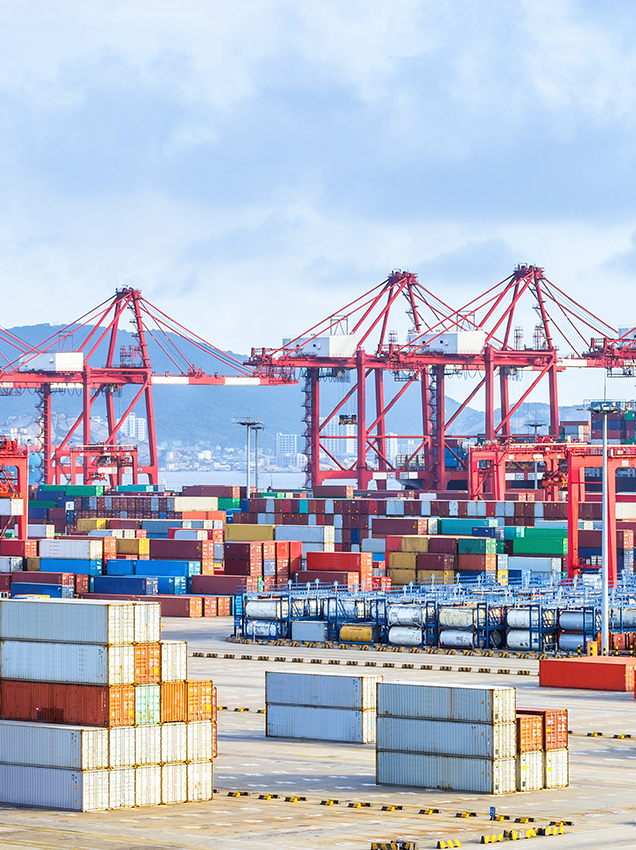Okay, you’ve got buy-in from the whole company to finally enforce your MAP Policy. That’s great. You have your policies and enforcement templates lawyer-approved and ready to go. Excellent. You have an automated price monitoring and policy enforcement system in place. More excellent! You know who your online sellers really are. Uhhh… You know how the online sellers are getting your inventory. Uhhhh… Stop!
If you don’t know who the sellers are and how they’re getting your products then you’re fighting a losing battle. Because MAPP non-compliance is not legally prosecutable, a brand’s only recourse is to stop the merchant from getting its inventory. See the problem? You can’t stop them if you don’t know who they are. That’s why merchant identification is vital to the successful enforcement of Minimum Advertised Price Policies (MAPP.)
Easier said than done, right? Right. The bottom line is that the merchants are getting your product from one of the steps in your distribution chain. For the purposes of this article, let’s filter out the noise and focus on resellers listing more than one or two items – unless, of course, you only have one or two items.

The first thing to do is review your direct accounts. This is the low-hanging fruit. If the brand maintains its own accounts and is the only product source (which MAPP Trap highly recommends to deter marketplace price wars), then it’s usually pretty simple to draw the line from an online store to purchase order when uncovering MAP violations. This may seem obvious, but the way accounts are compared really matters. Cross-reference all of the contact information about your online resellers with your chart of accounts. Do not just focus on company names because these are frequently different. Resellers often change their store names so they can’t be caught. Check physical addresses, telephone numbers and even email addresses.
If you need to go further, the next step is to ask your domestic wholesale distributors and/or independent sales reps. This is the source of many unknown sellers. Because the wholesaler sells to its own list of customers, the merchant information and price policies are meaningless to the brand. Even when the distributor agrees to honor “do not ship” lists, brands still don’t know which distributor sold it to them. If the distributor can’t identify the resellers by their store names, provide the contact list or get their contact list and compare information on your own. Don’t forget to use ship to AND bill to addresses!

The next place to look is with your foreign distributors. What could a foreign distributor have to do with it you ask? Plenty! Some foreign distributors will divert a portion of their ordered goods from an export container to a warehouse near the port. They then either sell it directly to ecommerce stores, drop ship on their behalf or create their own online stores. We recommend that you require weights on both sides of the journey.
Hopefully, you’ve discovered what you need by now. But if not, you can go even further. Check to see if your factory is manufacturing additional units and selling them to other parties. Look internally. We have found instances where a brand’s own warehouse and bookkeeping staff are falsifying inventory reports and starting their own stores. Of course, there is always the possibility that resellers are making the sale then ordering from Amazon or some other authorized seller. It may seem crazy but it happens. Remember, the online resellers are getting your products somewhere so you just need to follow the dotted lines.
As part of its service, MAPP Trap tracks and identifies online resellers with manual skip-tracing techniques, cross-references user account lists with its reseller database, and cross-references omni-channel resellers to see who else they sell as. Frequently, the other stores are recognizable and help to reveal the flow of goods.